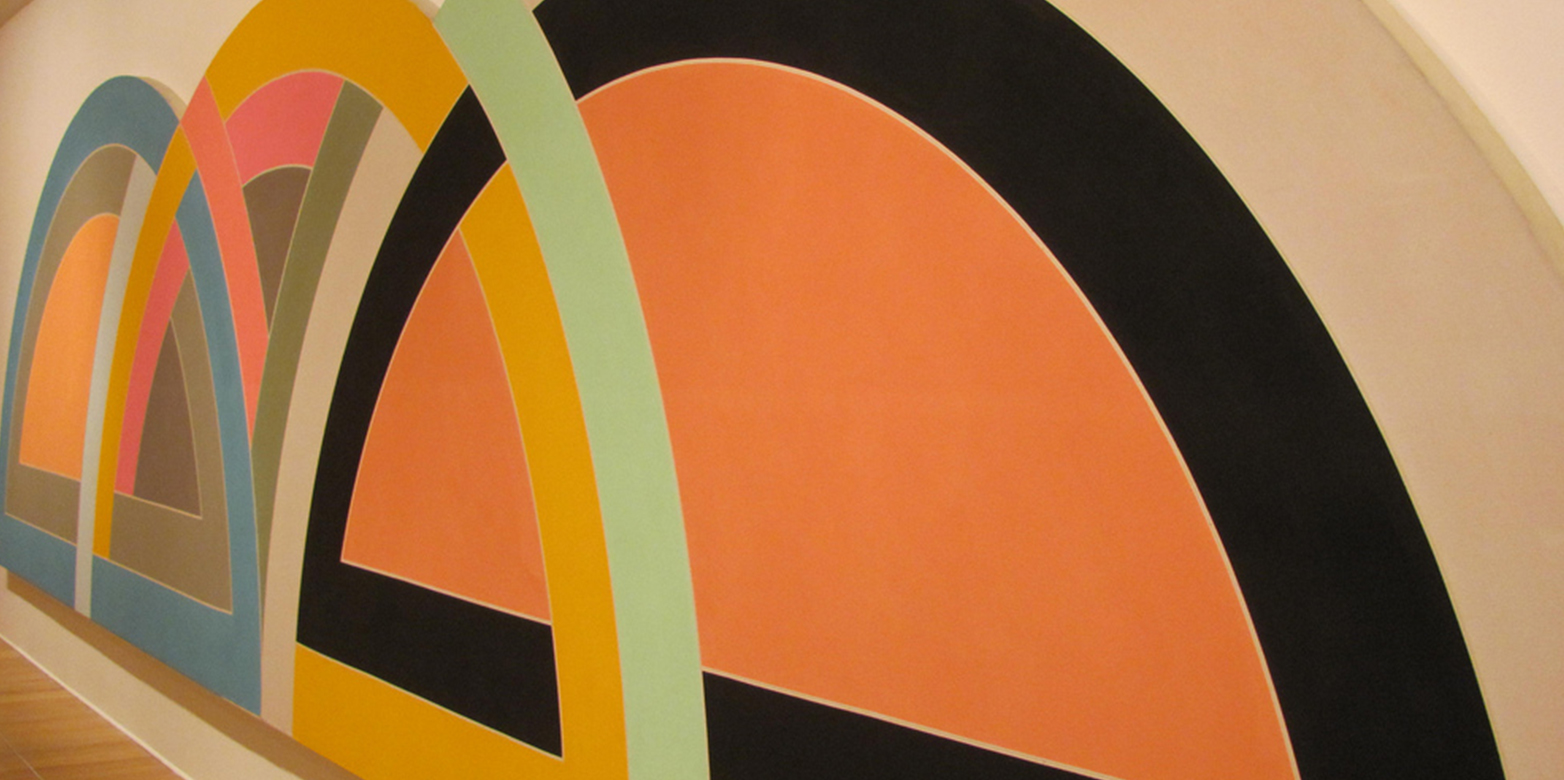Aesthetic Practices after Bologna

Architecture, design and the fine arts as epistemic cultures in the making
The Bologna reform, together with related developments of an increased economization, medialization and politicization of science (Weingart 2001), subsumed under the term of ‘new governance of science’ (Maasen & Weingart 2006), has led to a deep top-down-enacted reformation of higher education in Switzerland and elsewhere in Europe. Beside the harmonization of degrees (BA, MA and PhD) at the university level, a whole series of professional-oriented programmes were established at universities of applied science and were essentially required to align themselves as academic research disciplines. These fields have been working on building up new research structures, establishing their own specific research practices and moving in the direction of academic disciplines, without longstanding own and genuine research experience. This has led to increased research orientation and the trend towards academization, what we have conceptualised in accordance to Foucault as a research dispositive (Foucault 1978).
In addition to affecting universities of applied sciences, this research dispositive has also produced effects on the research activities within a range of professional-oriented disciplines, such as architecture at traditional and technical universities. Here, research has been mainly conducted in related fields, such as in art history, sociology, social- and human geography, material sciences and statics (see e.g. Heintz, et al. 2004). Furthermore, research discourses have become more focused on the disciplines themselves and according to our observations in the three analysed fields of architecture, design and the fine artsthey particularly focus on explicit and more tacit core skills, such as architectural design, classic design and artistic work - what we have conceptualised as aesthetic practices. As they form the core of knowledge production in the analysed disciplines and have a central role both in the fundamental characteristics of the three disciplines as well as in their teaching, we assume that the aesthetic practices are particularly affected by higher education policy changes.
Against this background, the proposed project - comprising a qualitative, comparative ethnographic analysis at Swiss universities that teach architecture, design and the fine arts - will analyse the impact of the research dispositive on the education of aesthetic practices. In particular, we are interested in showing whether and in what way the emergence of discipline-specific and variable forms of knowledge production, conceptually theorized by Karin Knorr Cetina as epistemic cultures (Knorr Cetina 1999), can be observed.
The aim of the proposed project is to contribute to a better understanding of the transformation of the aesthetic practices from professional skills to research practices as well as to the reflection of related exigent questions regarding the meaning of research for artistic and design oriented fields, which, for the concerned disciplines, is not only relevant from a research policy perspective but also from a strategic one.
Forthcoming publication:
Priska Gisler und Monika Kurath: 'Architecture, design et les arts visuels: Transformation des disciplines après la Réforme de Bologne' in Adriana Gorga et Jean-Philippe Leresche: Transformations des disciplines académiques: entre innovation et résistance. Paris, Editions des archives contemporaines.